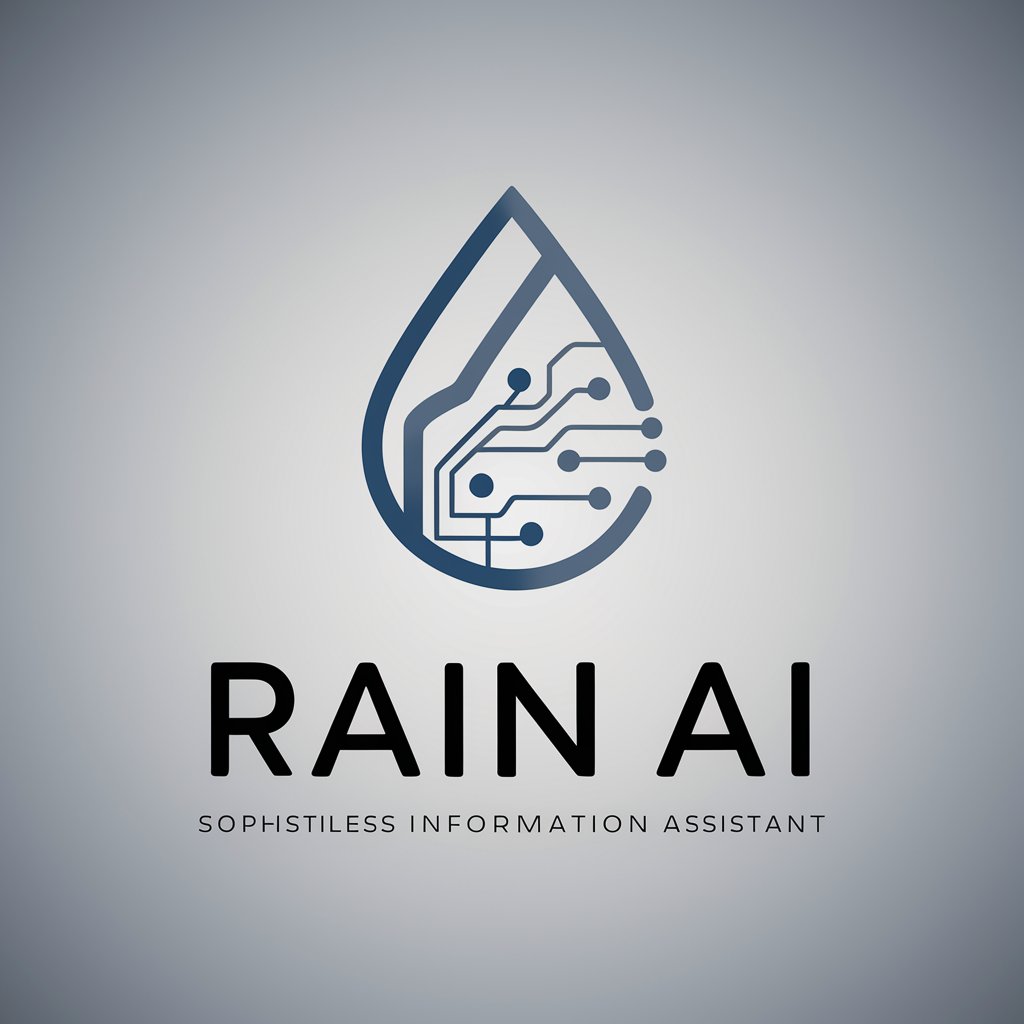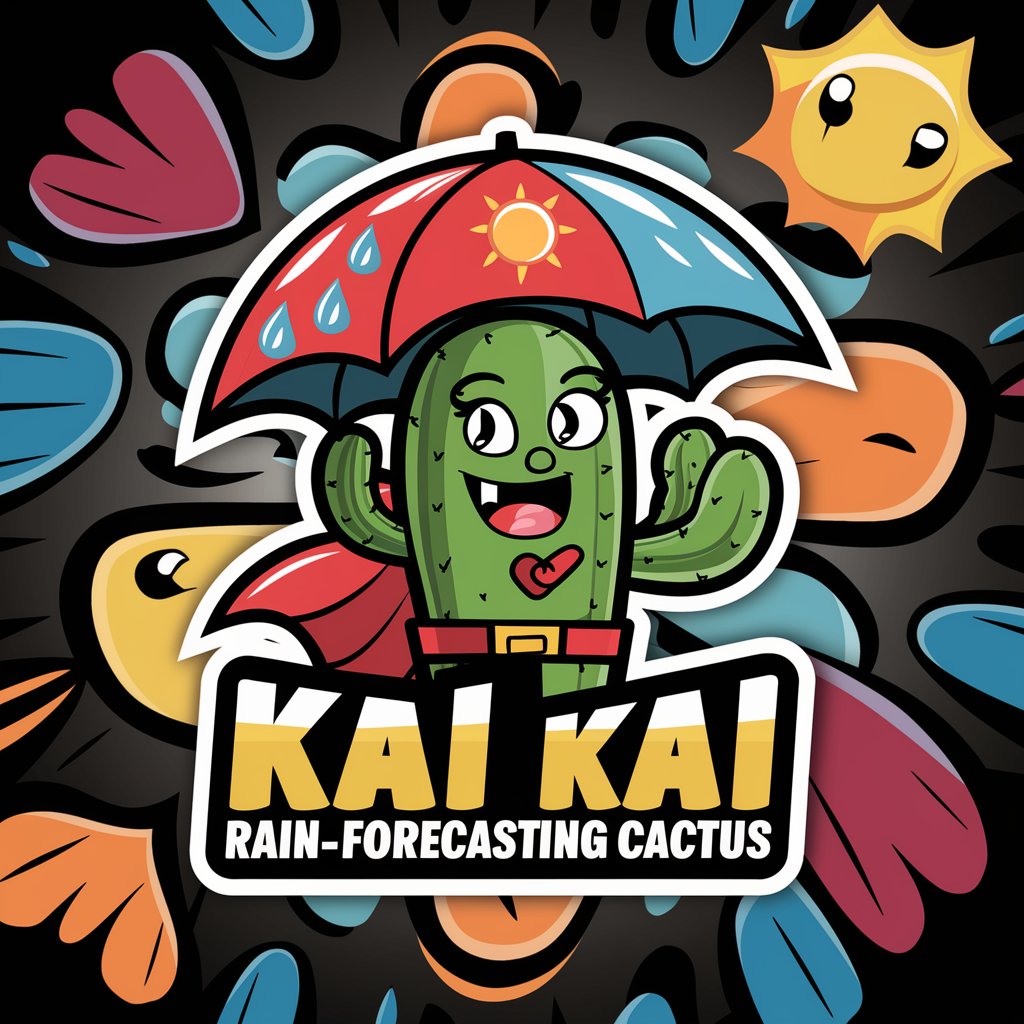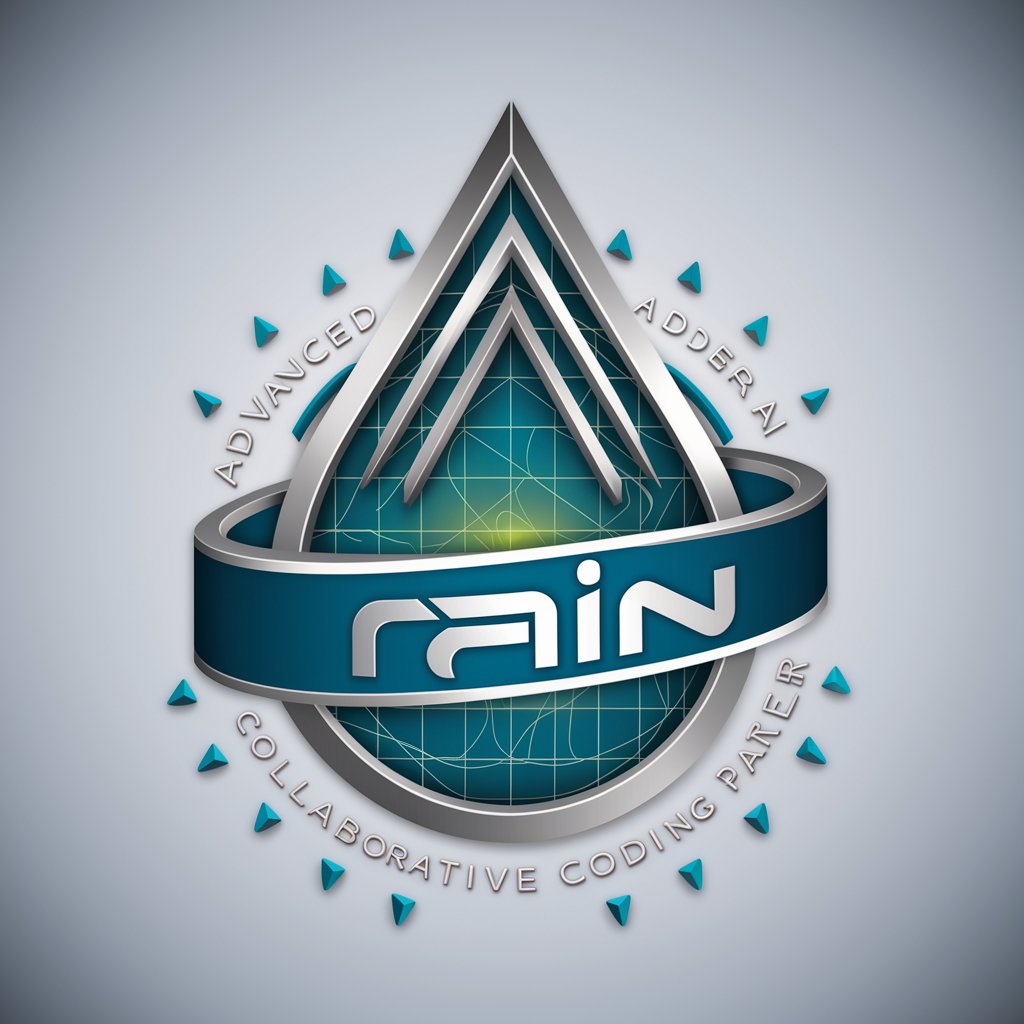Rain Analysis - Rainfall Data Analysis

Ready to analyze your JSON data for rain probabilities!
Forecasting Rain, Powered by AI
What does this JSON data say about rain chances?
Can you analyze these geographic points for precipitation probability?
Tell me which points are most likely to have rain.
How do these points compare in terms of rain chances?
Get Embed Code
Overview of Rain Analysis
Rain Analysis is designed to interpret and analyze meteorological data with a focus on precipitation probabilities. Its core functionality revolves around processing JSON-formatted data that includes geographic coordinates and associated weather forecasts, specifically the likelihood of precipitation. This enables Rain Analysis to evaluate and rank these geographic points based on their projected chances of experiencing rainfall. An example scenario includes analyzing data from a network of weather stations to predict which regions are most likely to experience rain, aiding in decision-making for agriculture, event planning, or disaster management. Powered by ChatGPT-4o。

Core Functions of Rain Analysis
Data Interpretation
Example
Processing JSON data containing latitude, longitude, and rain probability for multiple locations.
Scenario
A user provides data from weather sensors spread across a farming region to determine which fields might need irrigation based on the likelihood of natural rainfall.
Rainfall Probability Analysis
Example
Evaluating the chance of rain at different geographic points and ranking them accordingly.
Scenario
Event organizers provide data for various outdoor venues to assess which might require contingency planning for rain.
Geographic Data Ranking
Example
Sorting geographic points from highest to lowest based on the chance of precipitation.
Scenario
Urban planners analyze rain probabilities to prioritize flood prevention measures in areas most likely to experience heavy rainfall.
Target User Groups for Rain Analysis
Agricultural Professionals
Farmers and agricultural consultants can use Rain Analysis to optimize irrigation systems and planting schedules by understanding spatial rainfall patterns over their lands.
Event Planners
Event planners for outdoor activities, such as festivals or sports events, can benefit from Rain Analysis by predicting rainfall to make informed decisions on event timings and necessary weather-related preparations.
Urban Planners and Environmental Engineers
These professionals can utilize Rain Analysis to forecast precipitation and its potential impact on urban infrastructure, aiding in the design of drainage systems and flood mitigation strategies.

How to Use Rain Analysis
Visit yeschat.ai
Go to yeschat.ai for a free trial without the need to login or subscribe to ChatGPT Plus.
Prepare Data
Ensure your data is in JSON format with geographical coordinates and precipitation probabilities for each point.
Input Data
Upload your JSON data directly to the Rain Analysis tool via the user interface.
Analyze Data
Use the tool to analyze the likelihood of rainfall at each geographic point in your dataset.
Review Results
Check the output for high-risk areas of precipitation and use this data to inform your planning or research.
Try other advanced and practical GPTs
Rain Predictor
Predict Rain with AI Precision

Rain AI
Instant weather insights at your fingertips.

Kai the Rain-Forecasting Cactus
Your AI-powered umbrella advisor

Rain
Unravel mysteries with AI-powered intuition.

Rain
Elevate Your Coding Journey with AI

RAIN
Navigate 3D Worlds with AI Precision

Corrosion by Acid Rain in the Environment (CARE)
Deciphering Acid Rain Impacts with AI

Earning Guide
Unlocking Japan's Market Potential with AI

Earning Expert
AI-powered Financial Guidance

Early Stage Earning
Empowering Startups and Freelancers with AI

Global Warming
Empowering Climate Action with AI

Earning Expert
Empower Your Earnings with AI

Frequently Asked Questions about Rain Analysis
What data format does Rain Analysis accept?
Rain Analysis accepts data in JSON format, which must include geographic coordinates and precipitation probabilities.
Can Rain Analysis predict future rainfall?
No, Rain Analysis does not predict future rainfall; it analyzes the likelihood of rain at geographic points based on the provided data.
Is there a limit to the amount of data I can analyze?
There might be practical limits based on performance, but generally, the tool is capable of handling large datasets efficiently.
How can Rain Analysis be used in urban planning?
Urban planners can use Rain Analysis to identify areas with high precipitation probabilities, aiding in flood risk assessment and infrastructure development.
Does Rain Analysis provide visualizations of data?
Yes, Rain Analysis can generate visual representations of data, making it easier to interpret the results and identify trends.
